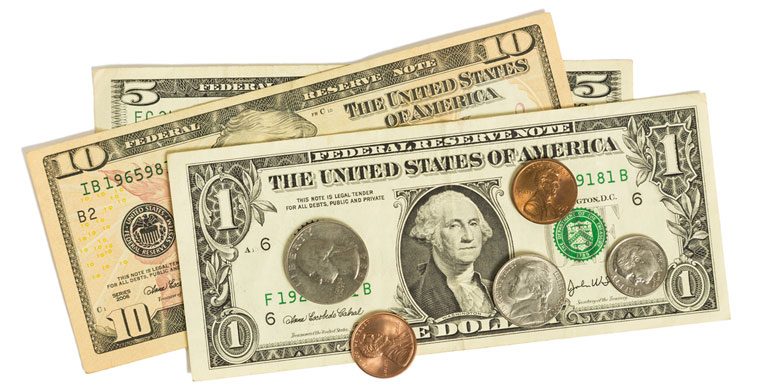
The goal of a business is not only to provide the best possible product to customers but also to make a profit and streamline operations while doing so. Restaurants are no exception. The best food, customer service, and staff, don’t come cheaply, but you do not have to break the bank in order to provide excellent service. In this article, we’ll discuss ways that restaurant owners can cut any excess costs that their business incurs without sacrificing quality. These pragmatic, prudent, money-saving tips are not taking place at the expense of your customer’s satisfaction or safety in the workplace. Instead, they are merely ways that you can take care of the “nickel and dimes” of your business in the day-to-day.
Understanding Whether to Fix or Replace Equipment
The natural life-cycle of commercial-grade restaurant machinery can be long, but in the end, all things either break down or begin to show natural wear-and-tear. The question of whether or not to fix or replace a piece of equipment is not just one of safety and practicality, it also has immediate and long-term financial impact. One way to know which road to take is to call in a professional for an assessment. It might be as easy as ordering a part or two from an online OEM supplier like 247restaurantparts.com, or it might be a big enough problem that trying to save the machine will only cost you more and more money. Making the correct fix-or-replace decision can be difficult, and many owners and operators may attempt to bite off more than they can chew in an attempt to keep a critical piece of equipment online. But it’s the informed decision that tends to win out in the end.
Buy or Rent Equipment Depending on your Situation
If your restaurant is currently in an impermanent or temporary state (i.e. you’re not sure whether or not the location will be permanent, or perhaps you are considering switching your aesthetic or menu in a way that will require different equipment), it may make more fiscal sense to rent your machinery. In addition, if you are serving seasonal dishes that require a certain type of machine, renting may be the less-costly option.
Choosing to buy your equipment is an investment, and it is a purchase that will stick with your business and have an impact on how you conduct your day-to-day operations. However, if you calculate that the frequency with which you rent the machine costs more than a simple flat purchase—with or without a payment plan—you should buy. For example, if you find that your rent costs $1,000 a year, and the equipment that you’re renting is a $3,000 purchase, you may find that you are faced with a decision of whether to rent or buy. If you believe that you’ll be in the location you’re at for more than three years, or if you are finding that this piece of machinery is vital to everything on your menu and you can’t envision your restaurant without it, the smart choice might be to put down the $3,000.
Portability is also an issue when it comes to whether not you should buy or rent. If you are considering purchasing a piece of equipment, knowing whether or not you will be able to move it in the event of a move is important. If you can’t move it at all, you need to take that into account when making your decision.
Develop a Cleaning/Maintenance Routine and Adhere to It
This might not seem to be a cost-cutting tip on the surface — labor is always going to be a major expense. Cleaning and maintenance take time, and it is not always easy—they don’t call it “elbow grease” for nothing. However, a daily cleaning and maintenance routine will save you a lot of money because it is an easy way to lessen the chance of machine malfunction and prevent you from having to spend money on an expensive repair job that will slow down your business’s operations as you scramble to make up for the time lost while the machine was out of commission. It will also keep you aware of any issues with your equipment in real-time.
Do Not Neglect Inventory
Counting your machines and finding out which parts of your business are surging ahead are ways that you can cut waste. You may find that you don’t use all of the machines you have, or perhaps you have a surplus of one type of machine and a lack of another — this is not uncommon in restaurants with bars, where alcohol makes an incredible margin in comparison to nearly anything else. Machine counts and inventory audits will help streamline your business’s efficiency and keep your money-making equipment in the forefront, allowing you to remove anything that is superfluous or doesn’t make the cut.
You do not have to sacrifice quality or customer satisfaction in order to reduce waste and needless costs at your restaurant. Daily cleaning routines, inventory, and correct decisions on how to manage your equipment are all ways that your restaurant can increase its fiscal sense and still provide excellent food and customer service.














